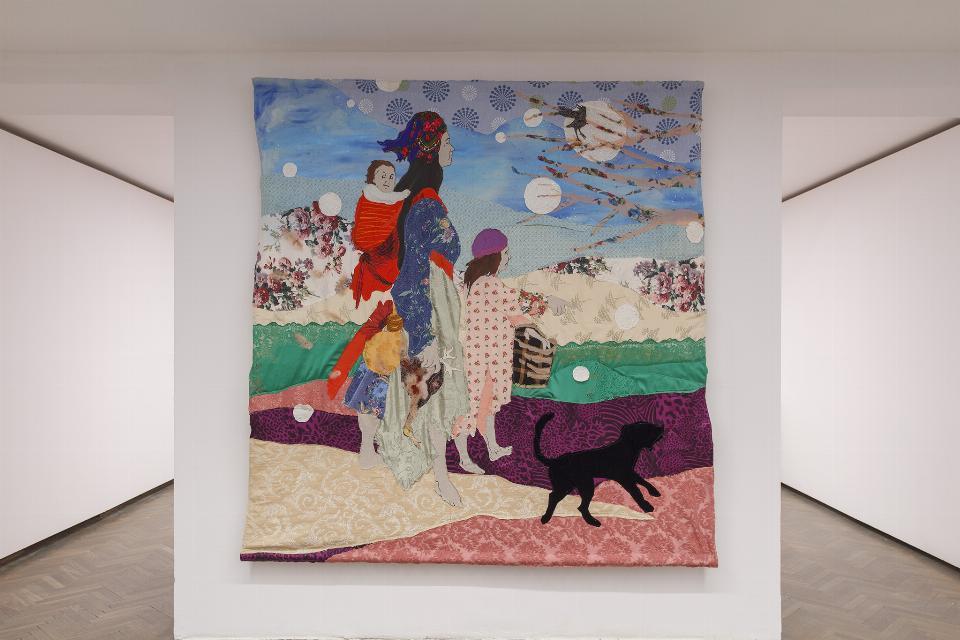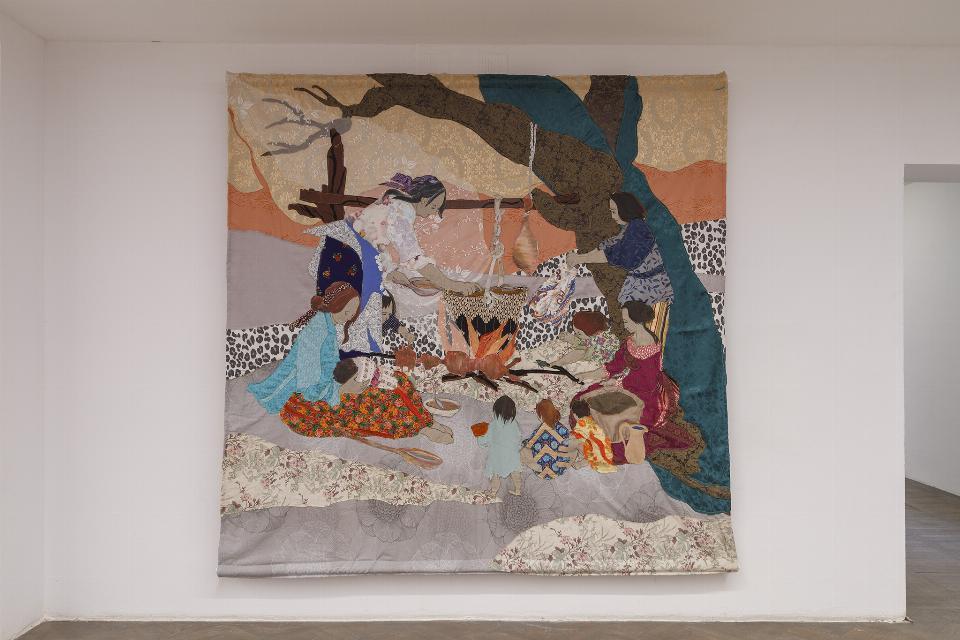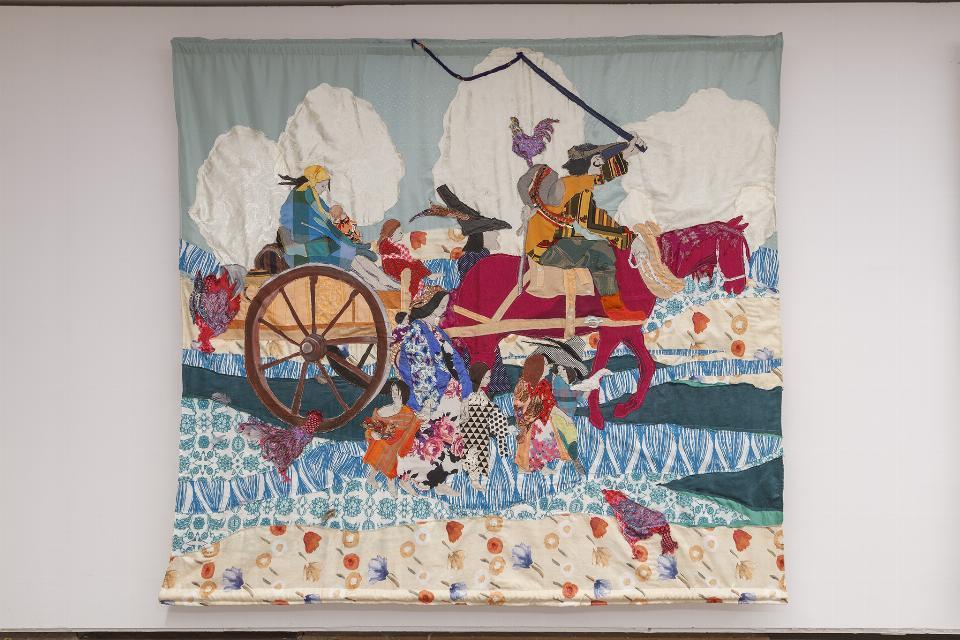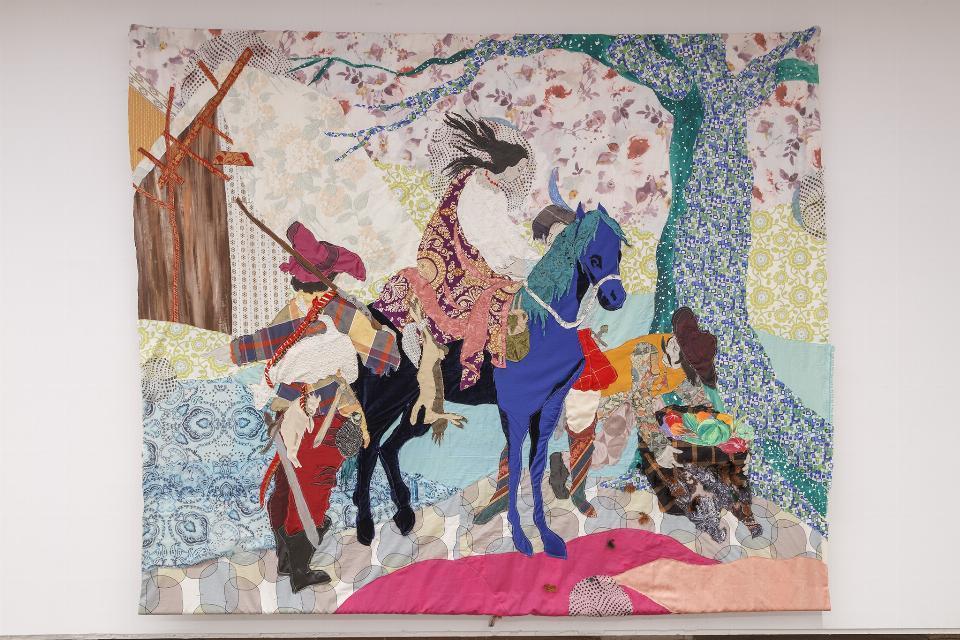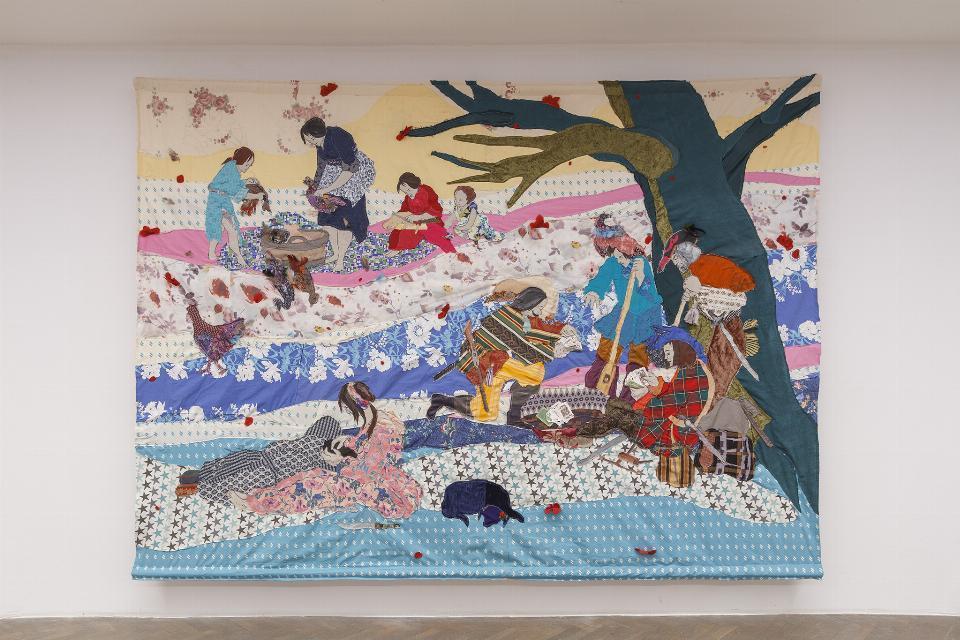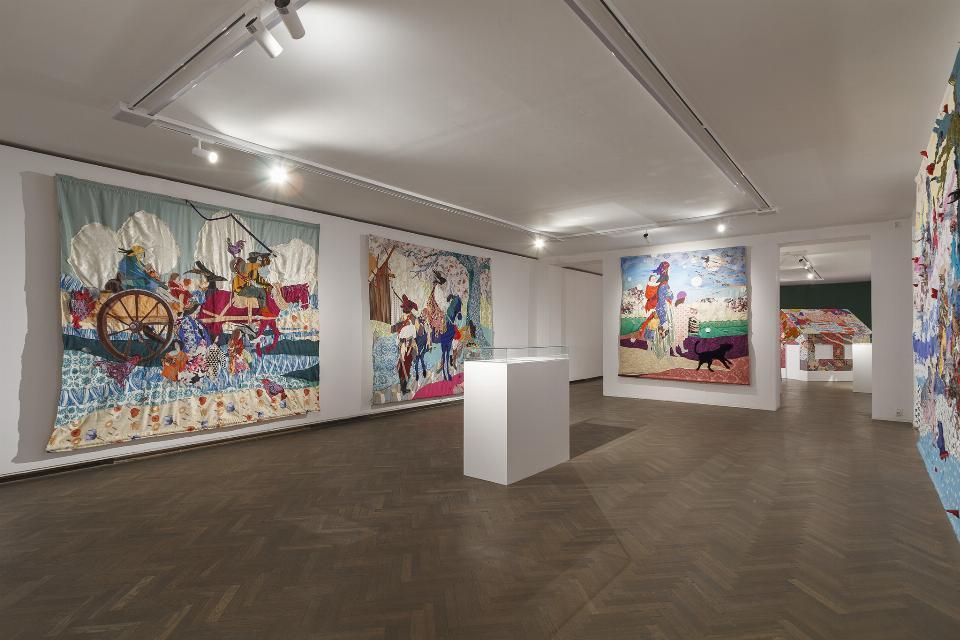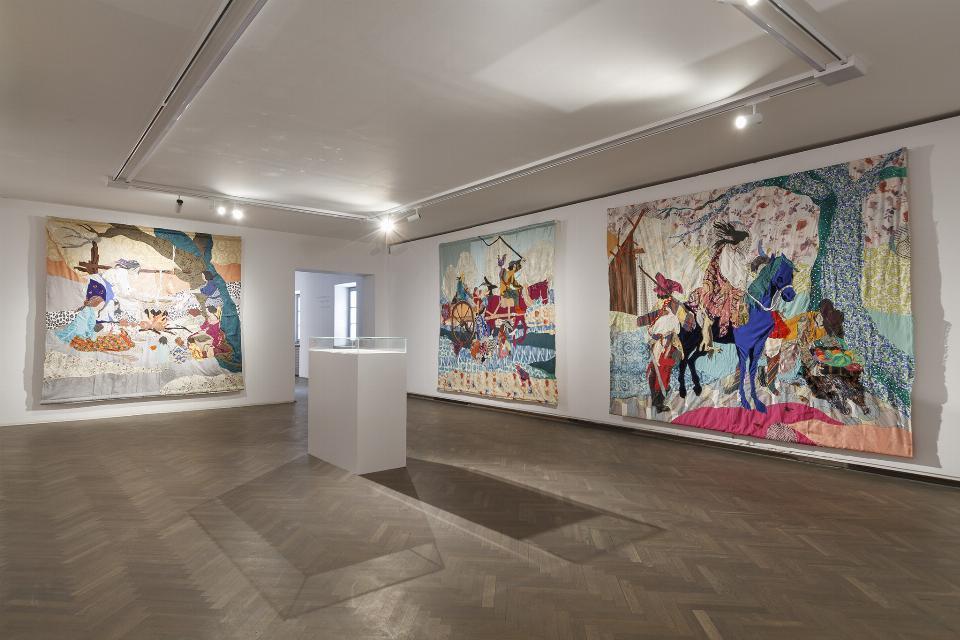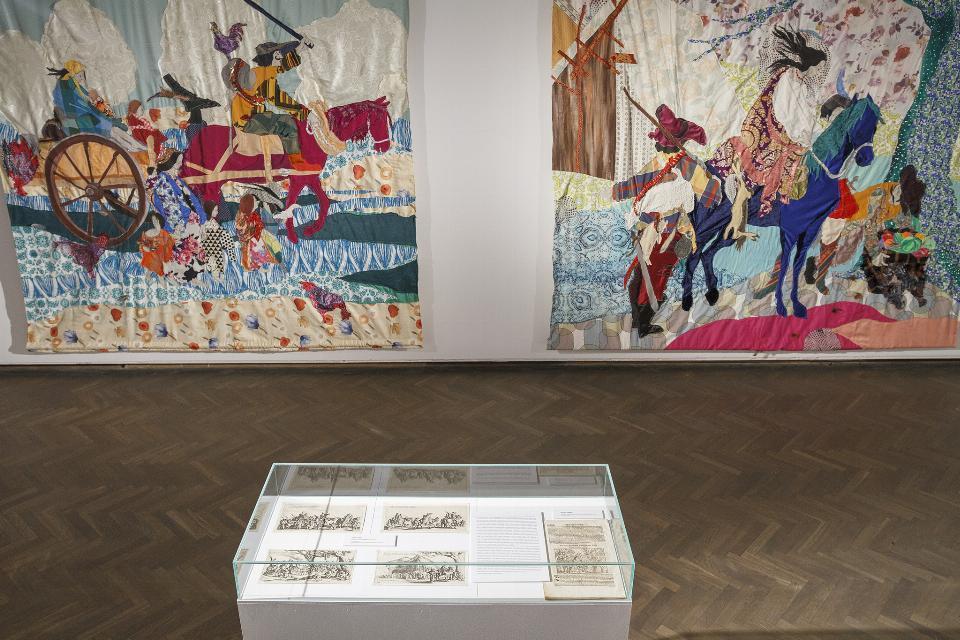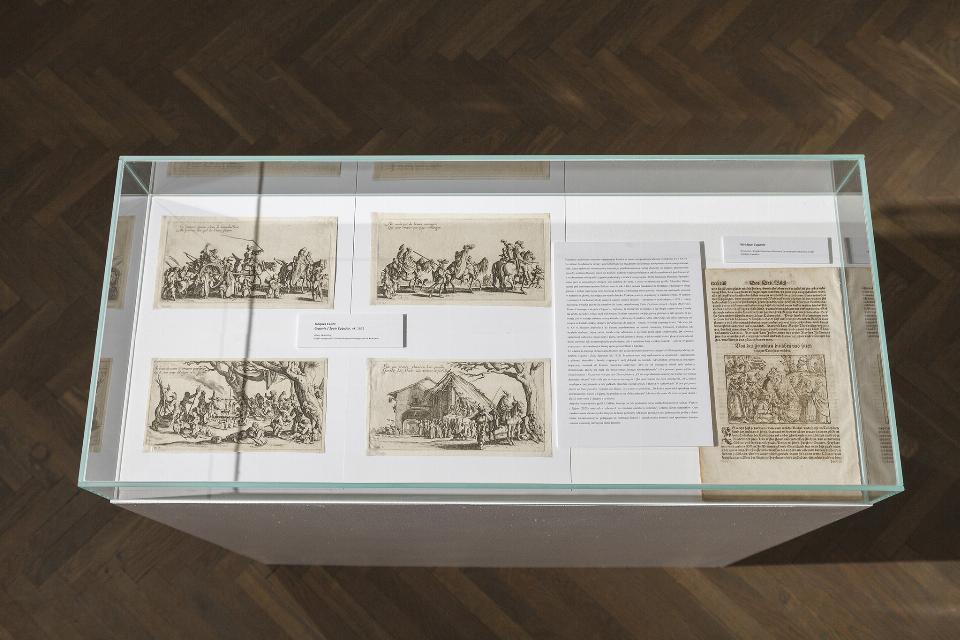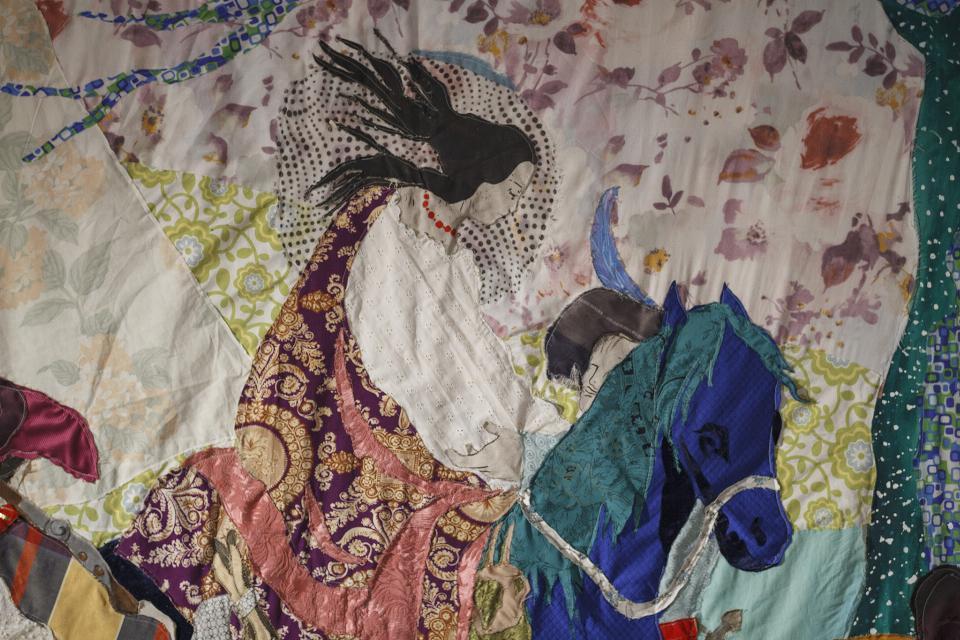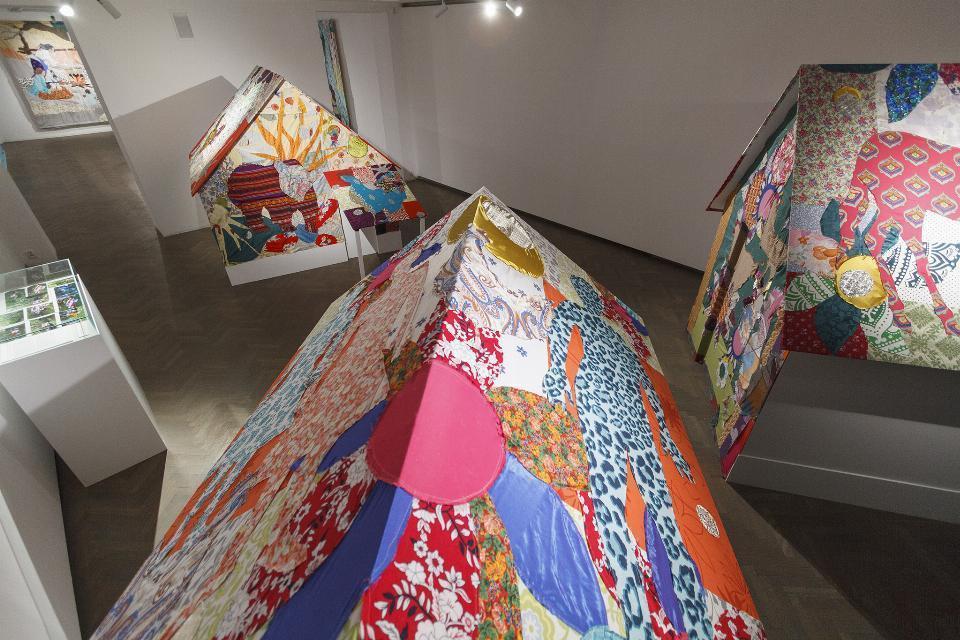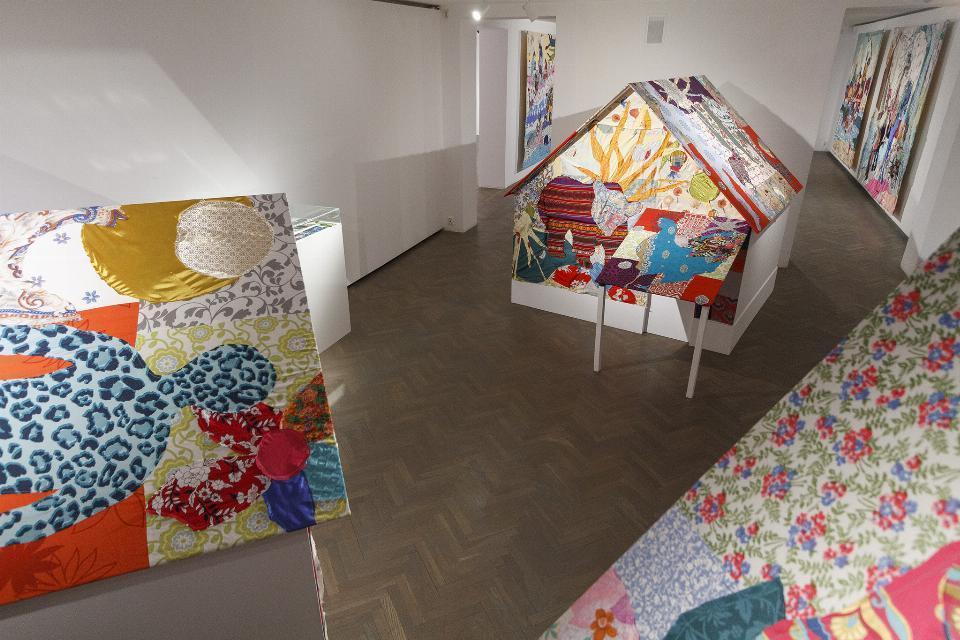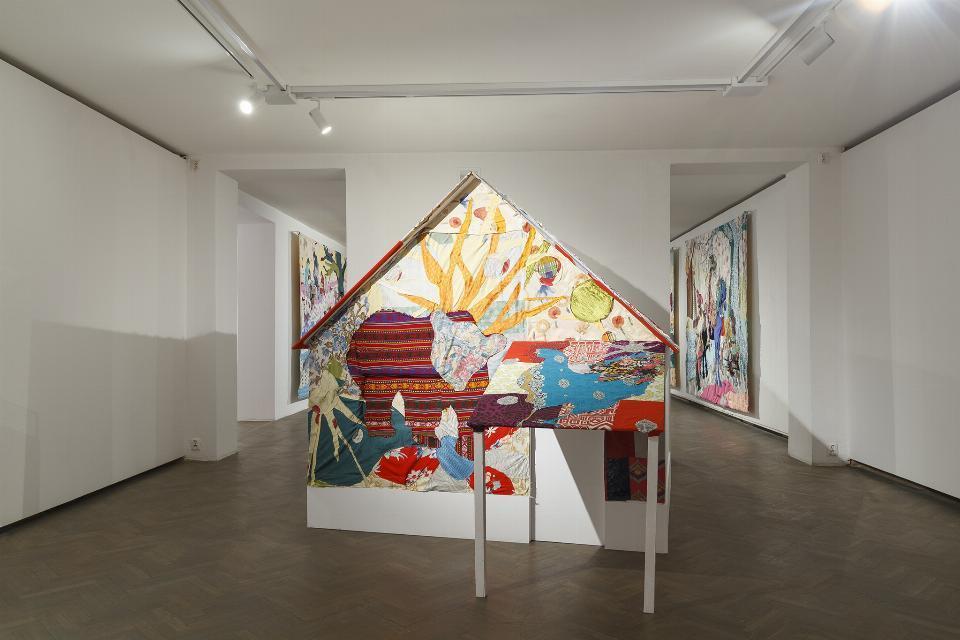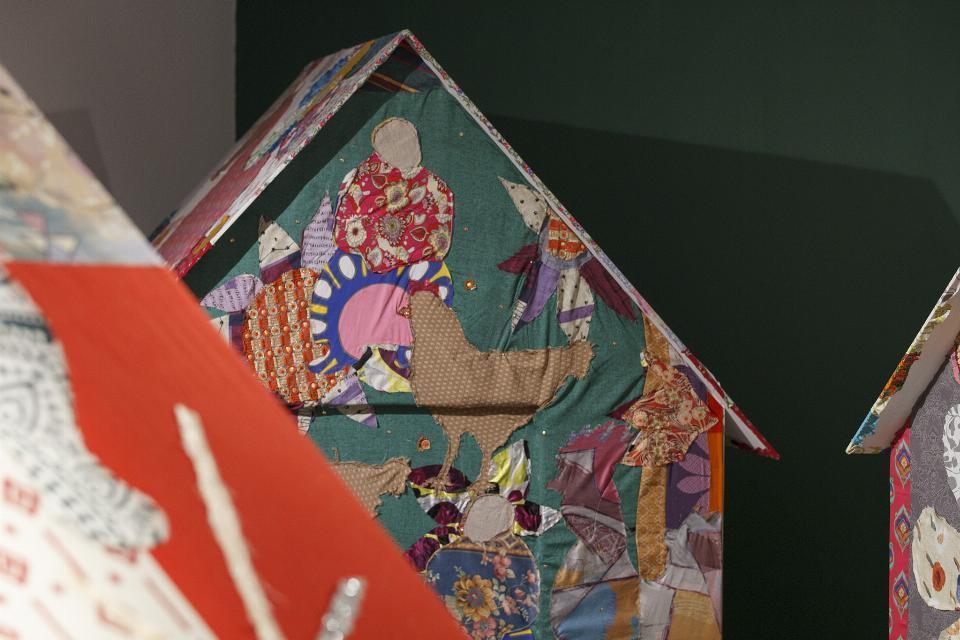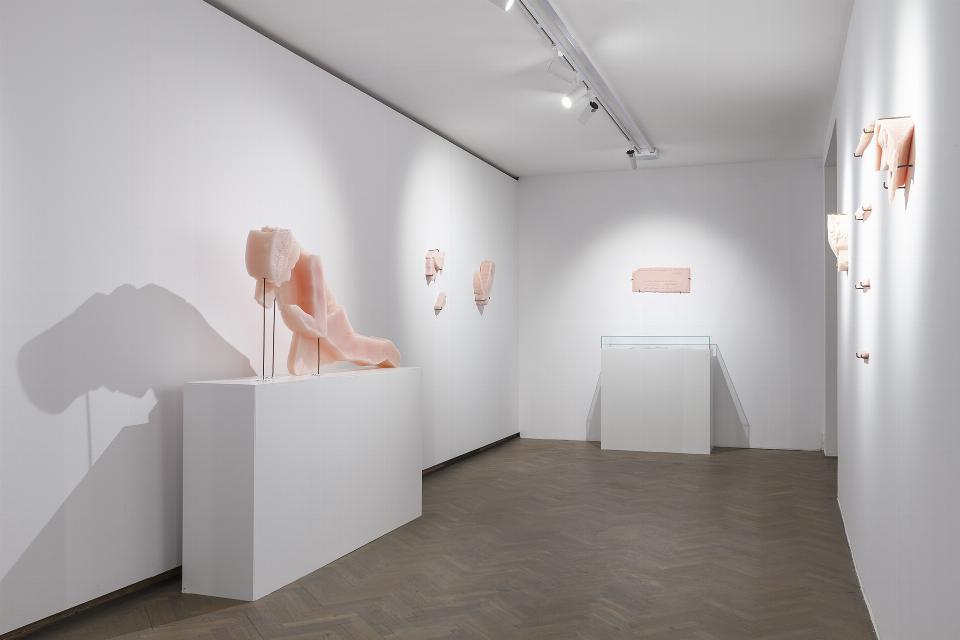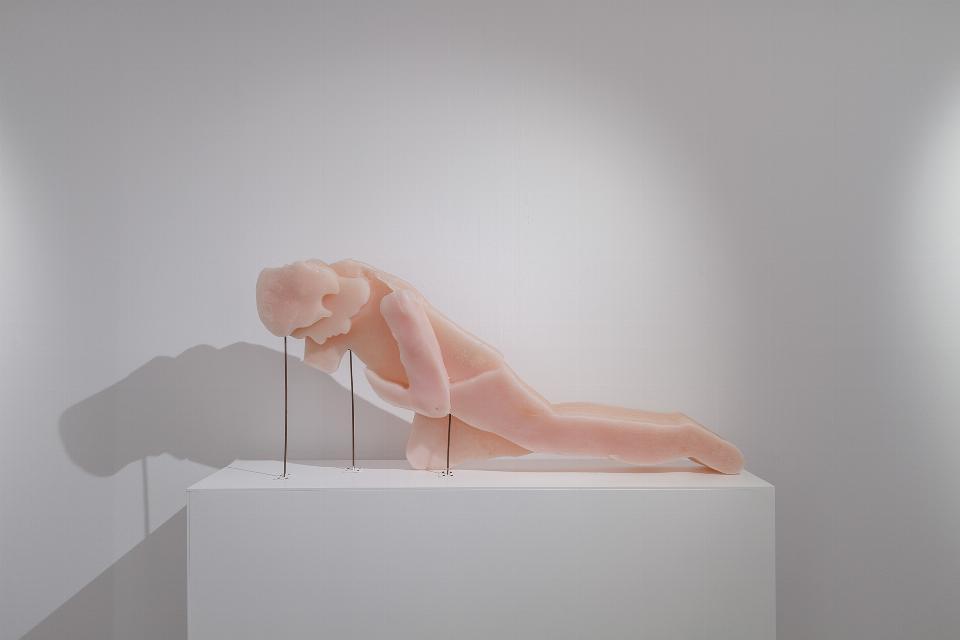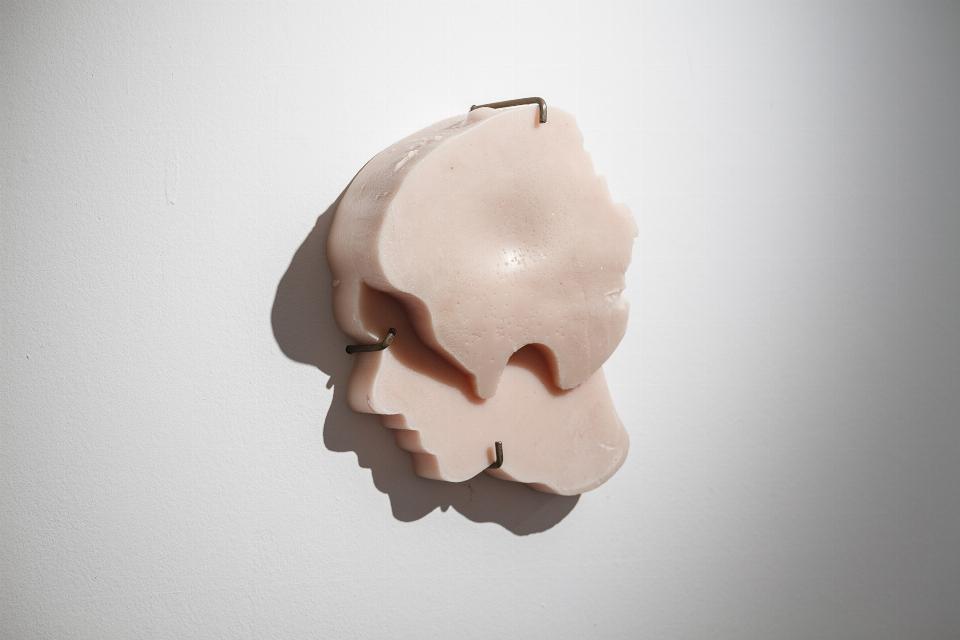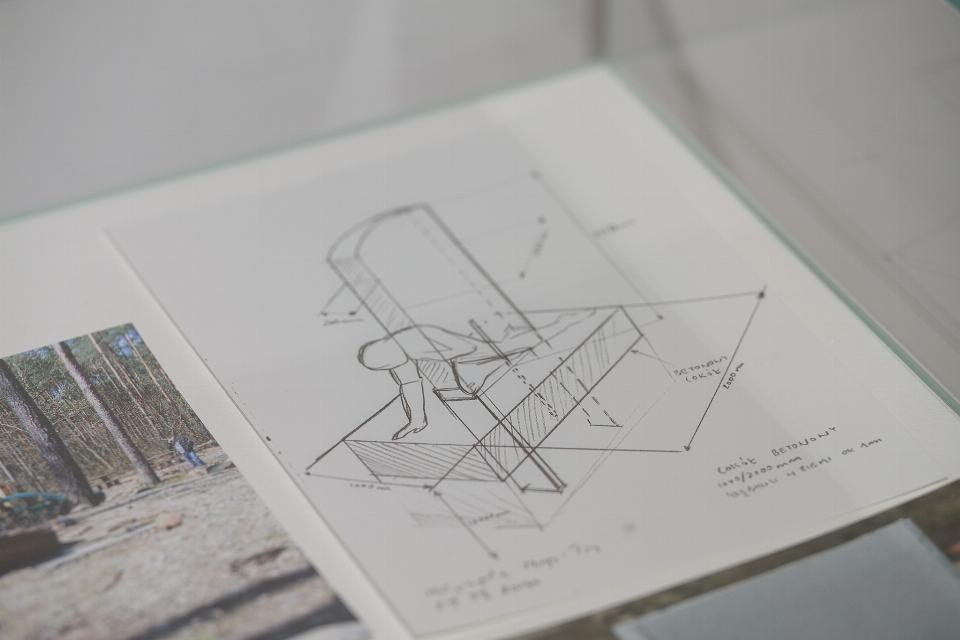Małgorzata Mirga-Tas. Out of Egypt
Due to the regulation of the Council of Ministers and the temporary closure of cultural institutions, the exhibition “Out of Egypt” will be on display until March 20, 2021.
Małgorzata Mirga-Tas’ exhibition comprises three series of works from the years 2016–2021. Two – Wesiune thana and 29 – have been shown as part of collective and solo exhibitions at the KW Institute for Contemporary Art in Berlin, Centre of Polish Sculpture in Orońsko, and the Sądecki Ethnographic Park in Nowy Sącz. Out of Egypt – the third series and inspiration for the title labelling the entire exposition at the Arsenal Gallery in Białystok – is an all-new sequence of monumental collages created as bespoke pieces for the show. All presented cycles explore themes typical for the artist’s entire oeuvre: the convoluted Roma and Roma-Polish identity, history of the Romani people, and transcultural and transnational experience of being a Roma. Concurrently, each of the series tells a different micro-story centred on an aspect essential from the artist’s vantage point. Consequently, the exhibition will take us on a journey across multiple references: to the issue of musealising Roma culture, and attempts at displaying it in the context of folk cultural heritage (Wesiune thana); the horrific Roma genocide episode, ex-termination of the Roma executed during World War Two in the forests of Borzęcin Dolny in Poland’s Małopolska region, and a contemporary effort to commemorate the crime (29); and seventeenth-century etchings by printmaker Jacques Callot – scenes from the life of contem-poraneous Romani people (Out of Egypt).
Callot’s etchings known as La vie des Egyptiens [Life of the Egyptians] – and, therefore, the en-tire European iconographic tradition of presenting the Roma – have become a point of de-parture for Mirga-Tas’ new cycle of works. The oldest preserved visual representations of the Romani people in European art date back to the 15th century, which makes them one hundred years younger than the first mention of their presence in Europe in written sources. Conse-quently, the oldest images of the Roma preserved until modern times may well be approached as portraits of second-generation European-born nomads. Importantly, the portraits of these “first Europeans” gave rise to a specific rendering tradition, its elements prevalent in the “perception” of the Romani people across centuries. This goes to show that as early as in the 15th-century, artists had begun showing the Roma as a collective entity, Oriental-style. They were ethnographised, and duly construed as the Other of Europe. Combined with poverty, Oriental details in the attire were displayed as testimony to their non-European origin, well-deserved punishment of wandering travellers, and bitterness of having been banished from their homeland, likened with Egypt at the time. Other renderings were produced at the time, associating Egyptian-Gypsy garments with pursuits typical for the new arrivals. According to the collective portrait outlined in iconographic sources, the Roma were arrivals from the East, pickpockets, thieves, con-men, and ever so slightly bizarre vagrants and beggars.
In a gesture of artistic appropriation, Małgorzata Mirga-Tas processes historical representations of the Romani people, all of which without exception – a fact of immense importance – created by non-Roma artists. Therefore, deprived of Roma self-portraits or narratives of how the Ro-mani people perceived themselves, the artists explores a retrospective and phantasmatic at-tempt at (re)creating and restituting the image. In an ironic reference to non-Roma visual tes-timonies of the past, she further proceeds to undermine stereotypes built over the years – metaphorically leaving Egypt.
Cooperation from the gallery: Ewa Chacianowska
Małgorzata Mirga-Tas
fot. Nihad Nino Pušija
Roma visual artist and activist, graduate of the Faculty of Sculpture at the Jan Matejko Academy of Fine Arts in Krakow (2004). Her works were shown at several dozen solo and group exhibitions, i.a. at the Moravská Gallery in Brno (2017), Centre of Polish Sculpture in Orońsko (2020), and Museum of Modern Art in Warsaw (2020). Participant of the Art Encounters Biennale in Timişoara (2019) and Berlin Biennale (2020). Organiser of the Jaw Dikh! international residency programme for Roma and non-Roma artists in Czarna Góra since 2011. Awarded honourable mentions at the 42nd (2015) and 44th (2019) edition of the Bielsko Autumn Biennale. Scholarship fellow of the Minister of Culture and National Heritage (2018). Awarded the Polityka’s Passport prize in the Visual Arts category (2020). Engages in multiple social and artistic programmes to prevent exclusion, racial discrimination and xenophobia. Lives and works in Czarna Góra, in Poland’s historical region of Spisz.
Array

PLAN YOUR VISIT
Opening times:
Thuesday – Sunday
10:00-18:00
Last admission
to exhibition is at:
17.30
